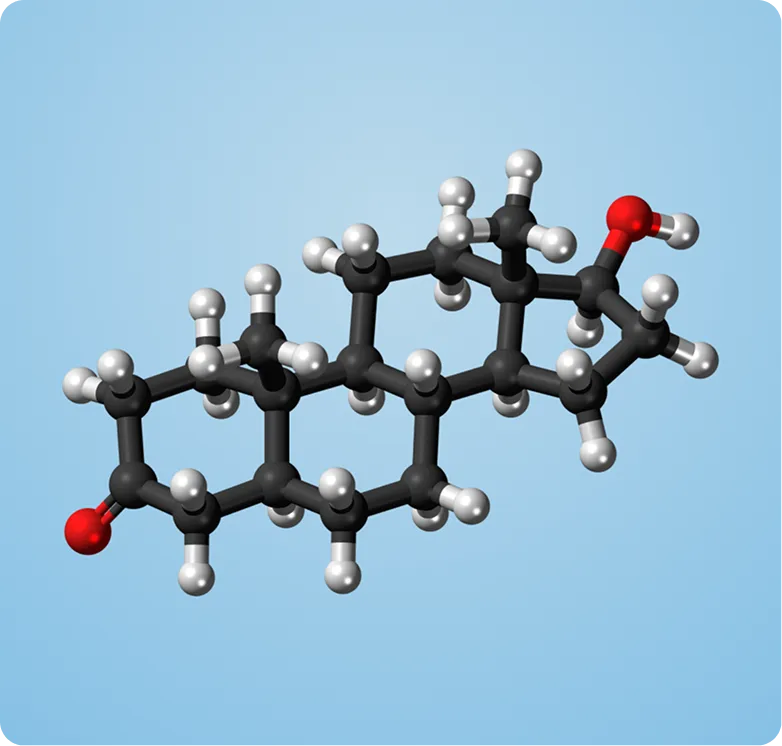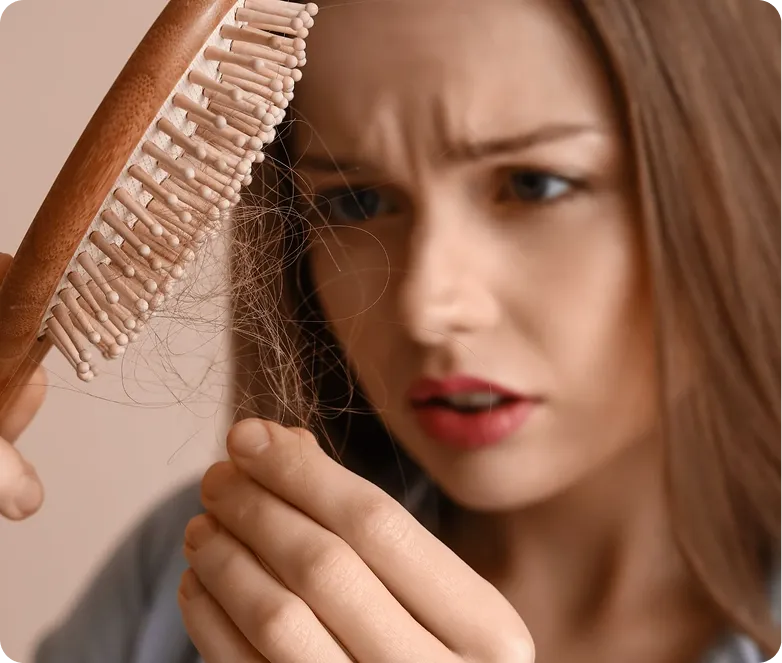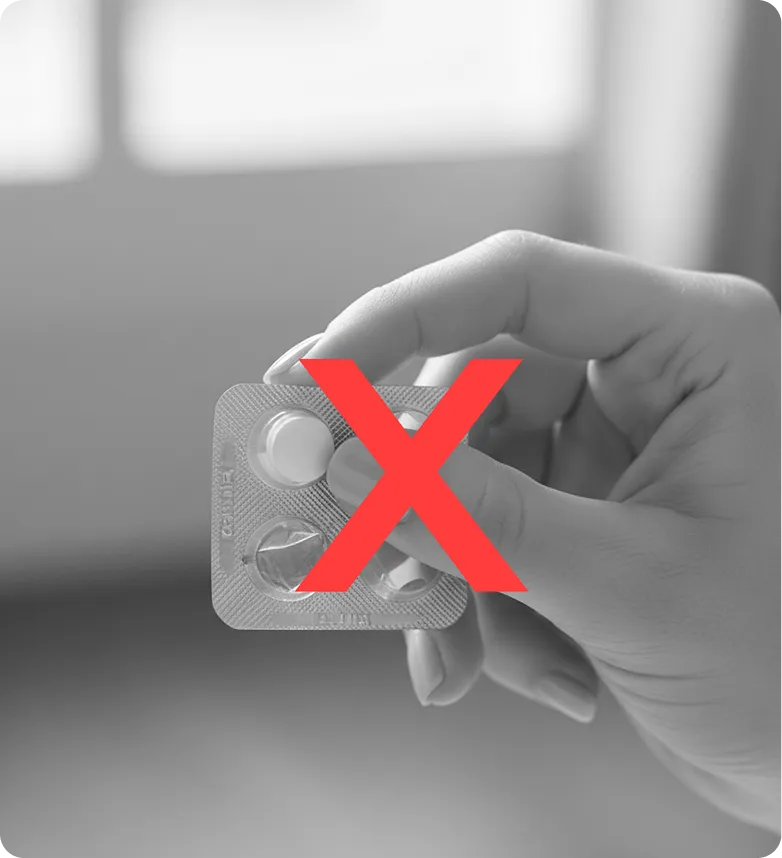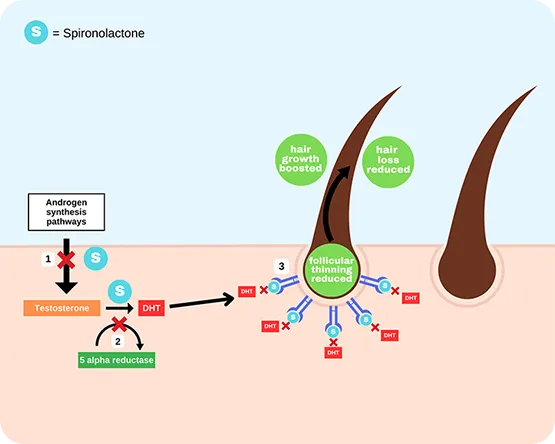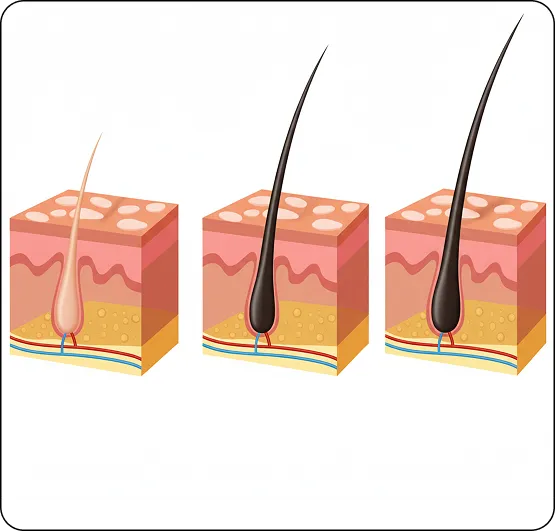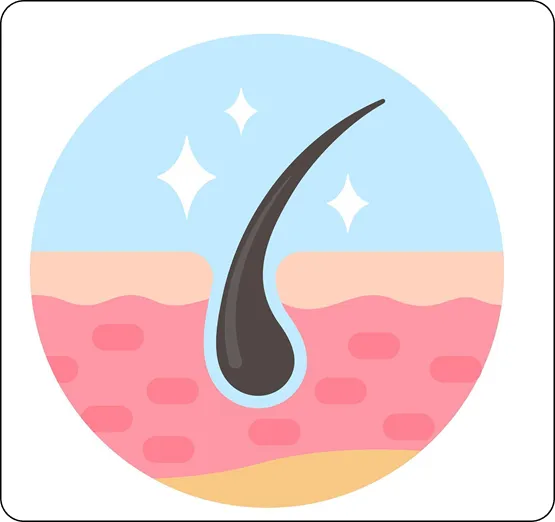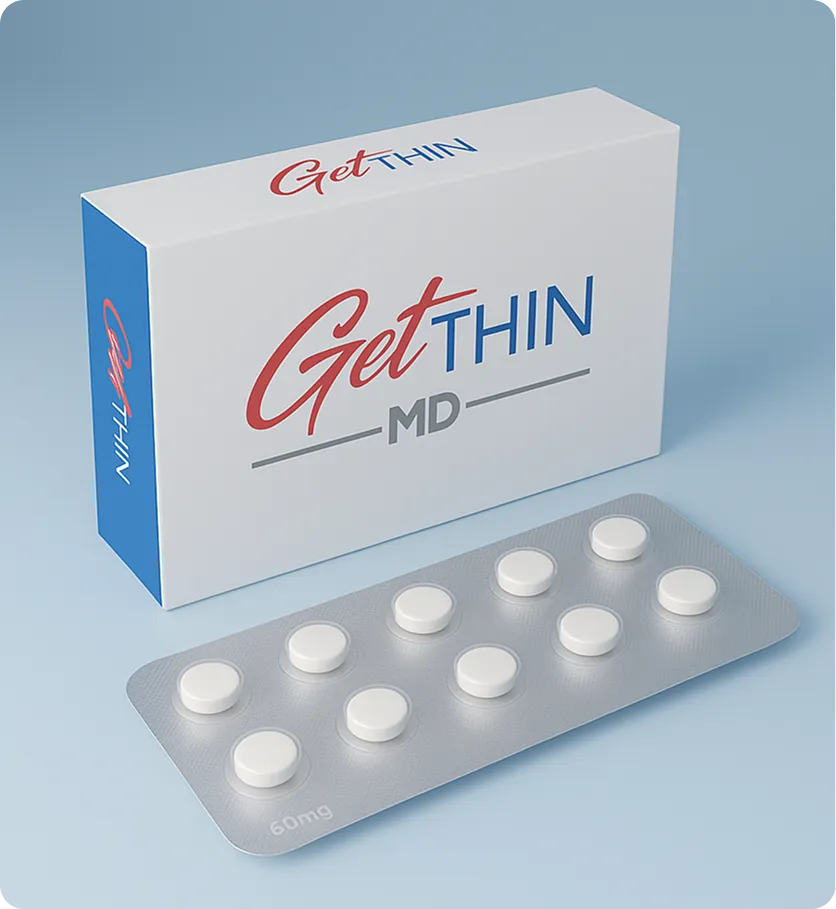Who Should NOT Use Spironolactone:
You should not use spironolactone if you:

Are pregnant, breastfeeding, or planning to become pregnant

Are male (this is a women-only medication)

Have kidney disease or impaired kidney function

Have high potassium levels (hyperkalemia)

Have Addison's disease

Are allergic to spironolactone

Take certain medications that interact with spironolactone

Cannot use effective birth control (if of childbearing age)

Are allergic to spironolactone

Are allergic to spironolactone
If you have heart problems, high or low blood pressure, or other medical conditions, discuss with your healthcare provider before starting minoxidil.












